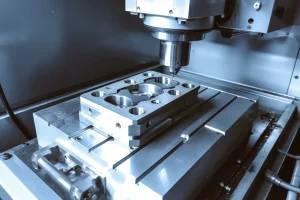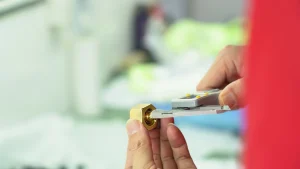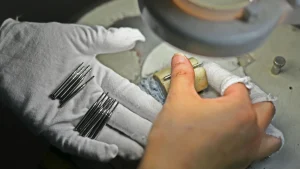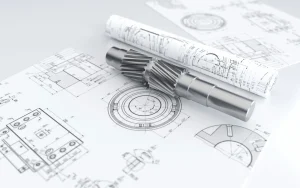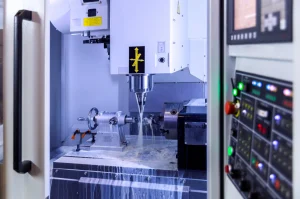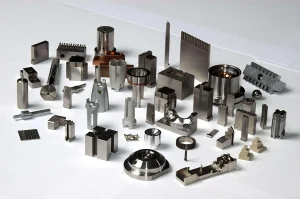Aluminum alloy is the most widely used type of nonferrous metal structural material in industry, and has been widely used in aviation, aerospace, automobile, machinery manufacturing, shipbuilding and chemical industries. With the rapid development of industrial economy, the demand for aluminum alloy welded structural parts is increasing, which has led to in-depth research on the combination of aluminum alloy weldability and CNC machining.
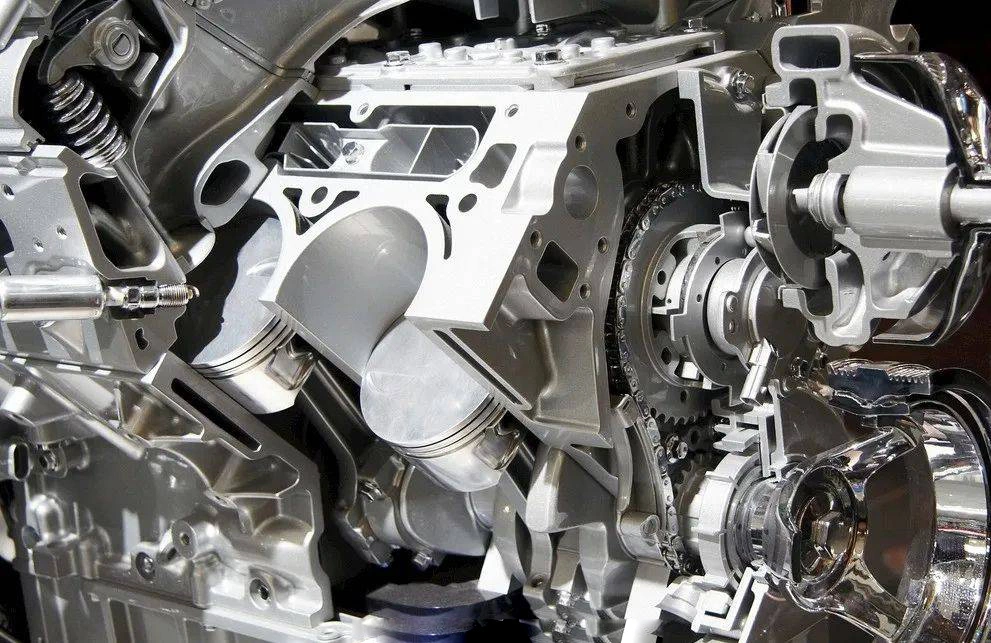
Compared with other metal materials, aluminum and aluminum alloys have the following characteristics:
1. Good corrosion resistance
The surface of aluminum is easy to naturally produce a dense and firm AL2O3 protective film, which can well protect the substrate from corrosion. Through artificial anodizing and coloring, cast aluminum alloys with good casting performance or deformed aluminum alloys with good processing plasticity can be obtained.
2. Good electrical and thermal conductivity
The electrical and thermal conductivity of aluminum is second only to silver, copper and gold.
3. Good casting performance
After adding certain alloying elements, cast aluminum alloys with good casting performance or deformed aluminum alloys with good processing plasticity can be obtained.
4. High strength of aluminum and aluminum alloys
After a certain degree of cold working, the strength of the matrix can be strengthened, and some grades of aluminum alloys can also be strengthened by heat treatment.
Aluminum and aluminum alloy materials not only have a high market share but also account for a large proportion in the manufacturing industry, especially in the field of lightweighting, aluminum alloy processing is simply a unique one! And new energy vehicles are also the only ones in the field of lightweighting. Aluminum alloys maintain the characteristics of light weight, but the mechanical properties are significantly improved.
The characteristics of aluminum alloy materials are light, easy to process, and unlike carbon fiber, it does not have a maximum force range in terms of strength. What does this mean? In other words, carbon fiber has a strong force bearing capacity in a certain fiber direction due to its fiber characteristics, but it will be very poor in other directions. When manufacturing a relatively large component, several layers of carbon fiber may be used. When the force bearing capacity is exceeded, the component will become layer by layer like a shortbread. After the aluminum alloy is subjected to a certain force, it will slowly deform and then be damaged.
Aluminum alloy materials are low in cost, and the same parts can be mass-produced using a processing technology, which is also one of its characteristics. Another thing is that aluminum alloy is easy to process and has a high heat dissipation. In particular, the engine part of the vehicle is particularly suitable for the use of aluminum alloy materials. This is almost entirely dominated by aluminum alloys. In addition, there are many processing technologies for aluminum alloys. It is highly versatile.
What are the uses of small-batch aluminum alloy CNC processing?
Aluminum alloy materials are perfect for making battery packs for new energy vehicles. Aluminum itself has good heat dissipation performance, fast profile mold opening speed, high precision level of secondary CNC machining for battery pack shell profiles, and the overall welded aluminum of the battery pack is strong and durable, which can reduce the weight of the entire car without reducing the performance of the car!
For example: Take electric new energy vehicles as an example. Do electric vehicles need batteries? Yes, so where should the batteries be placed? The battery of a car weighs about one ton. It needs an aluminum alloy shell to hold the battery before it can be installed under the chassis of the car. This aluminum alloy shell is commonly known as a battery pack. Its shell requires industrial design, drawing, and then aluminum alloy CNC machining of some small batches using drawings for various performance tests, mainly testing feasibility and reliability. At this time, the advantages of aluminum alloy CNC machining are highlighted. It does not require mold opening or injection molding, and directly uses plates for CNC machining, which greatly shortens the development and testing cycle of the battery pack. Therefore, the purpose of small batch aluminum alloy CNC is to shorten the product development cycle while reducing development costs.

